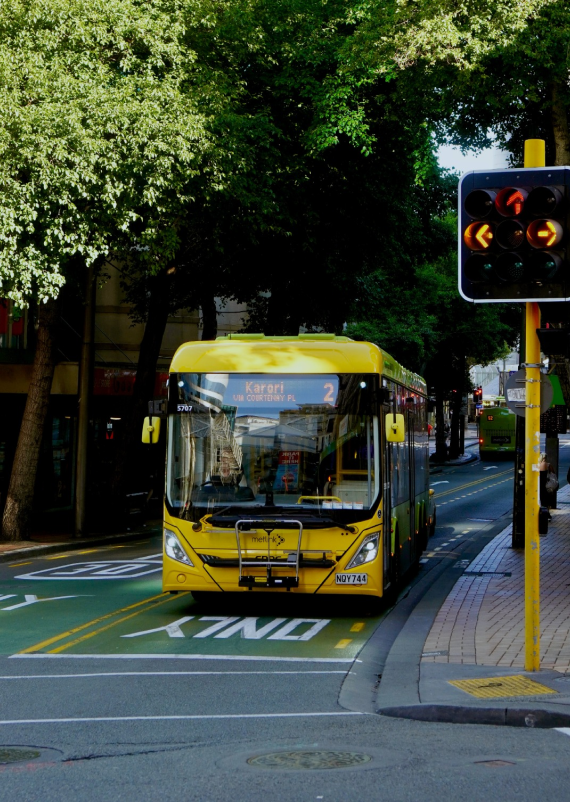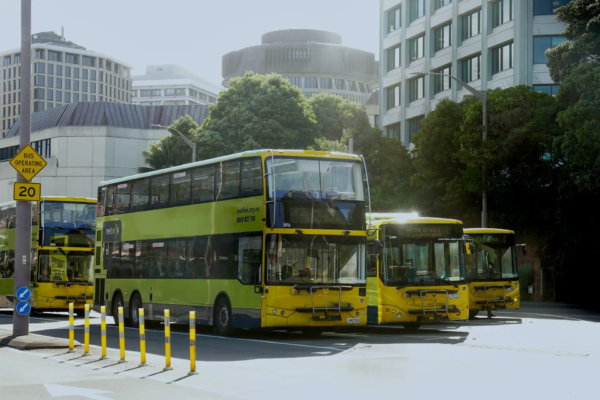3 Mobility as a Service (MaaS)
3.0.1 Description
MaaS integrates various transportation modes and services into one navigation and payment system, making it easy to get around without a personal automobile. It typically includes local public and international public transport, taxi and ride-hailing, car- and bike-sharing, parking fees, and other transport-related services.
Although MaaS is generally operated by private firms, it requires public coordination and support to standardize data and payment systems, and to require participation by all appropriate stakeholders.
A current example of a MaaS operator is MaaS Global, a company that provides the app Whim in parts of Europe and Japan (https://whimapp.com/about-whim/).
3.0.2 Type of travel affected
MaaS tends to increase use of public transport, taxi and ride-hailing, car- and bike-sharing. With current policies, MaaS is likely to increase total vehicle travel by making taxi and ride-hailing services more convenient; to achieve vehicle travel reduction targets it must be implemented with policies that that favour shared modes.
3.0.3 How travel and emission effects can be measured and modelled
MaaS reduces barriers to the use of non-auto travel, and therefore barriers to car-free living. Because it is relatively new, there are few case studies of its application.
3.0.4 Secondary impacts
By improving the convenience of non-auto travel MaaS can provide direct benefits to users, and by reducing automobile travel reduces traffic problems.
MaaS has the potential to significantly increased space in cities due to freed up parking areas, to reduce the upstream resources required for vehicles, to provide much more mobility for those with constrained mobility options are present and to provide a larger funding base for public transport systems but these opportunities cannot be delivered without a supportive environment and high-quality public transport system (ITF, 2021).
3.0.5 Key Information sources
Hensher, D. A. (2020). Mobility as a Service (MaaS). In Bus transport: Demand, economics, contracting, and policy (pp. 417–426). Elsevier.
ITF (2019) Shared mobility Case specific studies (Auckland, Dublin, Helsinki, Lisbon and Lyon). https://www.itf-oecd.org/itf-work-shared-mobility
Simulations (including for Auckland) of widespread uptake of ride-hailing/sharing, showing the potential for increased travel by people with fewer vehicles within cities.
ITF (2021), The Innovative Mobility Landscape: The Case of Mobility as a Service, Policy Paper 92, International Transport Forum (www.itf-oecd.org); at www.itf-oecd.org/sites/default/files/docs/innovative-mobility-landscape-maas.pdf.
This study examines how MaaS affects travel activity, and how communities can maximize the benefits and minimize problems with these innovations.
MaaS Alliance (2017), White Paper: Mobility as a Service (MaaS), MaaS Alliance (https://maas-alliance.eu); at https://maas-alliance.eu/wp-content/uploads/sites/7/2017/09/MaaS-WhitePaper_final_040917-2.pdf.
This report describes the components of MaaS, and the policies needed to support their implementation and maximize benefits.
Mostofi, Hamid (2021), "The Association between ICT-Based Mobility Services and Sustainable Mobility Behaviors of New Yorkers," Energies, Vo. 14/11 (https://doi.org/10.3390/en14113064).
This study examines how advanced traveler information systems and ridesourcing services affect travel activity in New York.
Schaller, Bruce (2018), The New Automobility: Lyft, Uber and the Future of American Cities, Schaller Consulting (http://schallerconsult.com); at www.schallerconsult.com/rideservices/automobility.pdf.
This study examines ride-hailing travel impacts and identifies policies required to ensure that they reduce traffic problems.





























